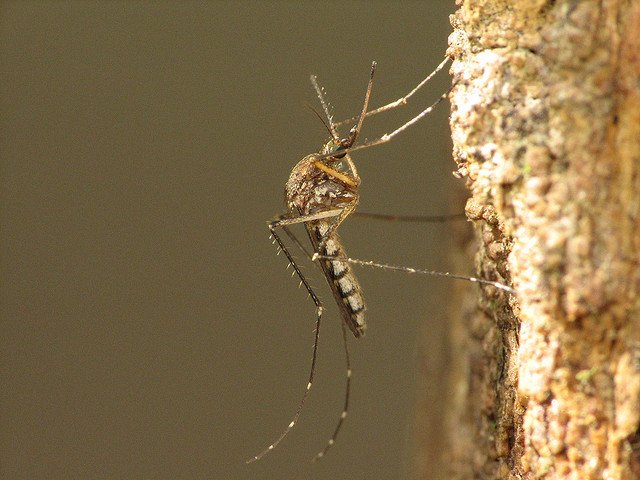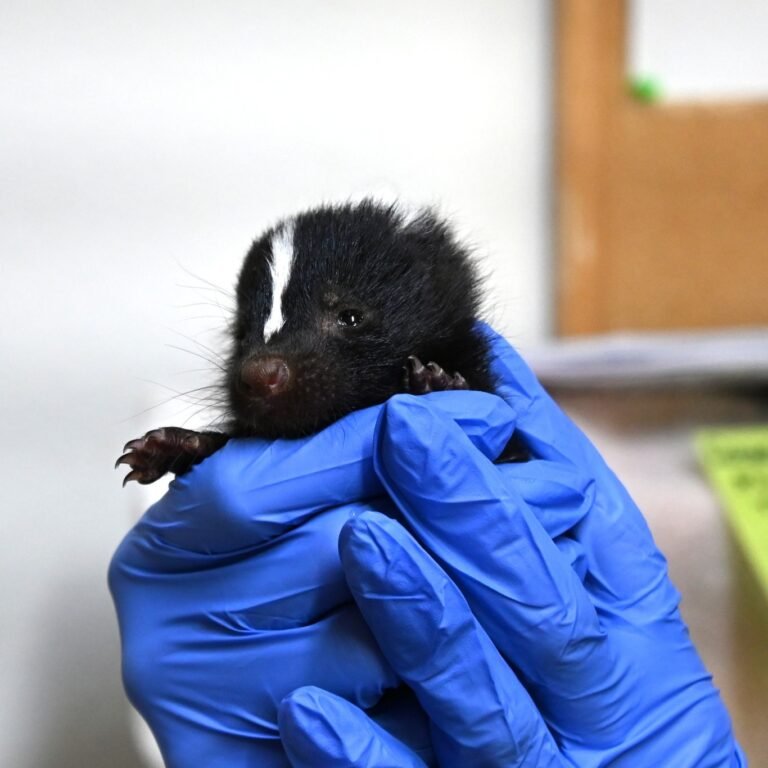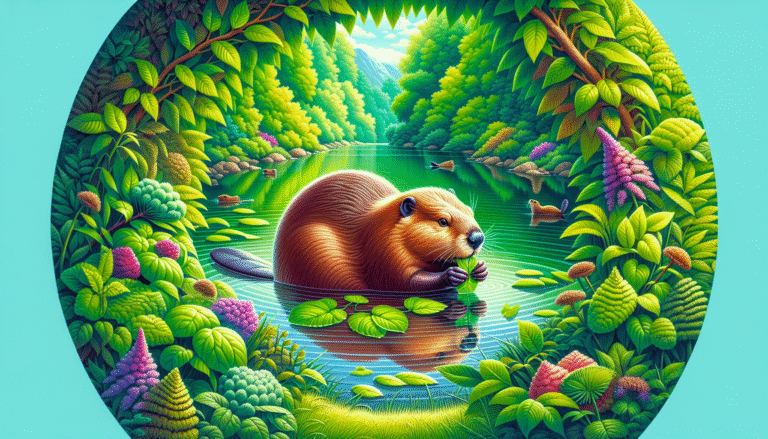What would you do if you discovered that a species in your local area was facing the threat of extinction? Wouldn’t it feel rewarding to be part of efforts aimed at conserving that species? In Michigan, dedicated teams are working diligently to protect the wood turtle, a unique creature that embodies the rich biodiversity of the region. This article explores their efforts and the innovative methods—particularly the use of trained dogs—that are making a difference in turtle conservation.
The Wood Turtle: A Brief Introduction
Wood turtles are fascinating creatures, often described as being personable in captivity yet elusive in the wild. Their striking shells resemble carved wood, and they exhibit a variety of colors, which can range from muted shades to vibrant oranges. While these turtles are intriguing, their survival is currently threatened due to several serious environmental challenges.
The Decline of the Wood Turtle Population
The wood turtle population in Michigan is facing alarming decline. Factors contributing to this drop include habitat loss, poaching, and increased predation. Over the years, their natural habitats, which consist predominantly of cold, clean rivers in the northern Lower Peninsula, have been compromised by poor logging practices and urban development. This makes their survival a pressing concern.
The Role of Conservation Organizations
Conservation organizations, including the Michigan Department of Natural Resources (DNR) and the Little Traverse Bay Band of Odawa Indians, are taking significant steps to address the decline of wood turtles. These groups focus on assessing turtle populations, studying their habitats, and implementing conservation measures aimed at sustaining and recovering their numbers.
Innovative Approaches to Turtle Conservation
One of the most exciting developments in wood turtle research is the introduction of trained dogs into the conservation effort. Canines have proven to be invaluable partners in locating these elusive turtles, employing their keen sense of smell to track them down in their natural habitat.
How Dog-Scent Detection Works
Biologist Bill Parsons, who works with the Little Traverse Bay Band’s natural resources department, recognized the potential of his labradoodle, Mooz, for this vital work. Dogs like Mooz can be trained to associate the scent of wood turtles with rewards, such as toys. This training helps the dogs efficiently locate turtles that humans might overlook, providing researchers with essential data on turtle populations.
The Training Process
The training process is quite straightforward:
- Scent Familiarization: The dog is introduced to the scent of wood turtles through various means.
- Reward System: Whenever the dog successfully identifies the scent, it is rewarded with a toy. This process enhances the dog’s motivation.
- Field Training: The dog and the handler conduct searches in the field, where the dog applies its training in real environments.
Benefits of Using Canine Assistance
The introduction of dogs for turtle detection has multiple benefits:
- Increased Efficiency: Dogs can cover more ground than humans and are faster at locating turtles.
- Lower Visibility Detection: Dogs have a heightened ability to detect turtles that may be hiding under brush, logs, or in other obscured locations.
- Enhanced Data Collection: The use of dogs allows for a more accurate assessment of turtle populations, identifying both adult turtles and younger individuals that might be concealed from researchers.
The Challenges Facing Wood Turtles
Despite the innovative methods being employed, challenges persist in turtle conservation. Adult wood turtles face significant risks from vehicle traffic when crossing roads. Furthermore, their eggs and hatchlings are vulnerable to predators such as raccoons. As human activity in northern Michigan increases, so do the populations of these predators, aggravating the already precarious situation for wood turtles.
The Life Cycle of the Wood Turtle
Understanding the life cycle of the wood turtle can provide insights into conservation strategies:
- Maturity: Wood turtles take a long period to reach sexual maturity, usually not reproducing until they are around 15 years old.
- Egg Laying: Female wood turtles often lay only a few eggs each year.
- Survival Rates: Many eggs do not hatch, and survival rates for hatchlings can be alarmingly low due to predation.
The Impact of Urban Development
Urban development presents both direct and indirect threats to wood turtles. As roads and buildings encroach upon their habitats, turtles may find it increasingly difficult to navigate their surroundings. Additionally, increased human activity leads to the degradation of their natural environments.
Applying Conservation Strategies
The strategies in place aim to enhance the safety and numbers of wood turtles in Michigan. Conservationists suggest several approaches to tackle these pressing challenges.
Habitat Protection and Restoration
One of the most significant steps you can advocate for is habitat protection. This includes preserving natural sites and restoring damaged ecosystems. Many organizations work tirelessly to conserve critical nesting sites and promote sustainable land-use practices.
Public Awareness and Advocacy
Raising awareness within the community plays a crucial role in turtle conservation. You can participate by:
- Educating Others: Learn about the challenges faced by wood turtles and share this knowledge within your community.
- Supporting Conservation Organizations: Consider donating to or volunteering with local conservation efforts, such as the Little Traverse Bay Band or similar groups dedicated to preserving wildlife.
The Role of Researchers and Biologists
The efforts taken by researchers like Tony Henehan and Bill Parsons illustrate the importance of scientific involvement in conservation. These individuals are at the forefront of tracking wood turtle populations and developing new methods to study and protect the species.
Data Collection and Analysis
Researchers rely heavily on data collection efforts to understand population trends. This involves:
- Field Surveys: Conducting surveys to locate turtles and assess their health.
- Population Modeling: Using data or developing models to predict future population dynamics, which can guide conservation efforts.
Collaborative Efforts
Different agencies and organizations often collaborate on conservation projects. The sharing of resources and knowledge enriches the overall approach to turtle conservation and allows for more innovative techniques to be applied.
Looking Forward: Hope for the Wood Turtle
While the challenges are significant, there remains hope for the wood turtle population due to ongoing conservation efforts and innovative strategies. As Henehan noted, emerging data demonstrate that today’s conservation actions can have a positive impact on species preservation.
Reasons to Be Optimistic
- Increased Data: The use of canine detection has provided valuable insights into turtle populations that were previously hard to uncover.
- Community Involvement: There is growing awareness and action from the community, which can lead to increased support for conservation initiatives.
- Long-Term Goals: The collaborative nature of state and tribal organizations indicates a sustained commitment to protecting these turtles.
How You Can Get Involved
You can contribute to the conservation of wood turtles and other local wildlife in a variety of meaningful ways. Here are some actionable steps:
- Local Advocacy: Participate in or organize local conservation events aimed at raising funds or awareness for turtle protection.
- Wildlife Monitoring: Engage in local wildlife monitoring projects, which may include reporting sightings of turtles or other fauna.
- Educational Workshops: Attend workshops or seminars focused on conservation topics relevant to Michigan’s ecosystems.
Stay Informed
Keeping yourself updated about local environmental issues can empower you to be an effective advocate for conservation efforts. Subscribe to newsletters from conservation organizations or follow them on social media to remain connected to the latest news and developments.
Conclusion
The challenges facing the wood turtle in Michigan are daunting, but there is a growing movement towards their conservation. By joining in the efforts of dedicated researchers and organizations, you can help ensure that this remarkable species continues to thrive. With innovative strategies, such as using trained dogs for turtle detection and increased community involvement, there is genuine hope for the future of the wood turtle population.
Every action counts, whether you are directly involved in conservation efforts or contributing indirectly through advocacy and education. Together, we can help secure a bright future for the turtles of Michigan and celebrate the rich biodiversity that makes our natural environment so special.



